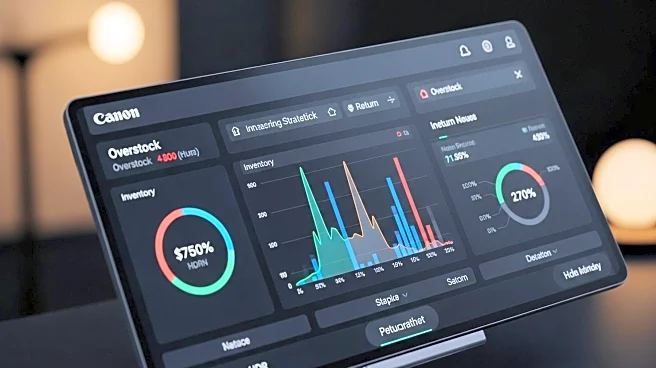What is the story about?
What's Happening?
Retailers are increasingly adopting data-driven strategies to manage returns and overstock, transforming these challenges into opportunities. In 2024, returns were projected to cost U.S. retailers $890 billion, accounting for nearly 17% of annual sales. Overstock further occupies valuable warehouse space, with retailers allocating 11% to 25% of their warehouse space to excess inventory. Companies are now leveraging AI and predictive analytics to optimize B2B resale strategies, enhancing efficiency and recovery rates. This approach allows retailers to better understand market pricing, access diverse buyer bases, and streamline inventory movement, ultimately improving their operations and sustainability goals.
Why It's Important?
The shift towards data-driven resale strategies is crucial for retailers facing mounting pressures from returns and overstock. By optimizing inventory management, retailers can reduce operational costs and unlock new revenue streams. This transformation not only enhances customer experience but also supports sustainability efforts by minimizing waste. As the secondary market expands, fueled by economic pressures and consumer demand for value, retailers that embrace these technologies are better positioned to maintain competitive advantages and adapt to changing market dynamics.
What's Next?
Retailers are expected to continue integrating advanced technologies into their resale operations, further refining their strategies to maximize recovery and efficiency. As data analytics and AI become more sophisticated, companies will likely explore new avenues for inventory management and customer engagement. The ongoing evolution of B2B resale platforms will play a pivotal role in shaping the future of retail logistics, offering insights into pricing, buyer behavior, and market trends.
AI Generated Content
Do you find this article useful?















